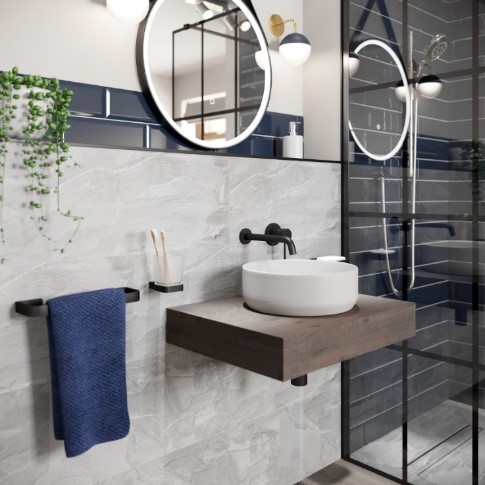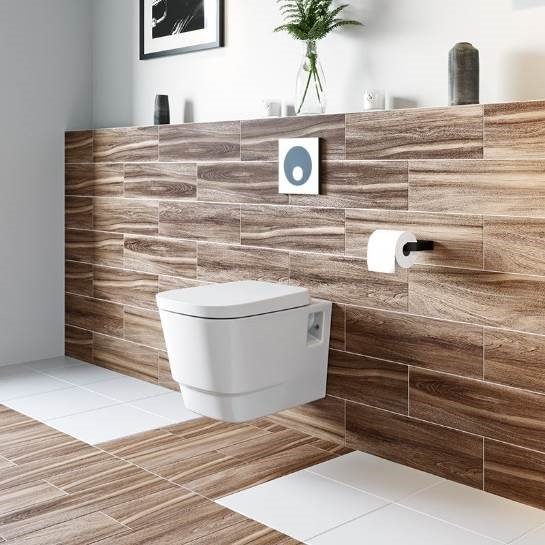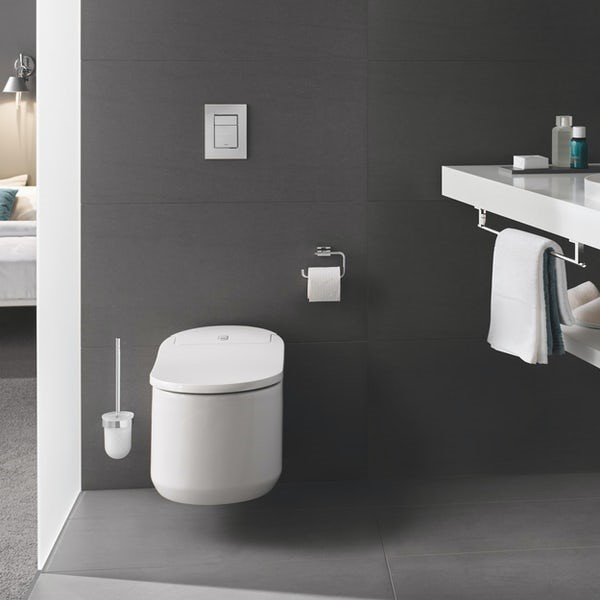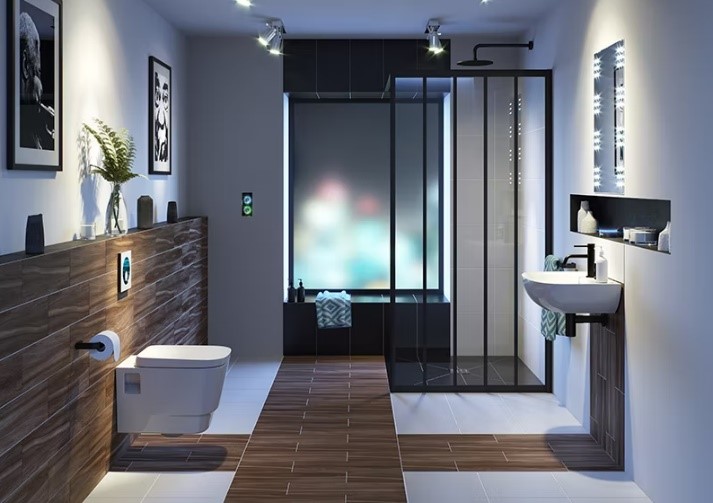According to the Royal National Institute of Blind People (RNIB), there are estimated to be over two million people living with sight loss or visual impairment in the UK. As the country’s population ages, the RNIB expects this to grow to 2.7 million by 2030.
Whilst we shouldn’t be alarmed by these figures, it does highlight the fact that many people need to consider home modifications to help those with visual impairment navigate their way safely around it.
Online bathroom retailer Victoria Plum shares six top tips with details on its range of bathroom furniture, floor and wall tiling, and accessories to help anyone who is partially sighted to use their bathroom with ease.
Victoria Plum designer, Ruth Foster, said: “Living with a visual impairment can make moving around the home much more difficult. Bathrooms are probably one of the smallest but most essential rooms in the house and can often be a challenging environment if you are partially sighted.
“However, there are several ways to make sure the space is safe and functional while still remaining sumptuous and stylish. The best way to do this is to create identifiable zones, levels and contrast throughout the bathroom using colour, texture and accessories.”
Here Ruth shares six design tips to consider when planning an accessible bathroom for a partially sighted person.
- Zones and levels
If you look at the top image you can see how zones can be created by having clean, light walls, and contrasting tiles for different parts of your space.
By laying tiles that lead to the toilet, sink and shower enclosure you will create directional prompts and make the bathroom easier to navigate.
Level access can be incorporated into the design, with a wet room enclosure. A darker shower unit and a different texture of tiles underfoot will identify this new zone. These adaptations are subtle, but important.#
2.High contrast design

Using colours such as a dark wood countertop with a white basin, and a black basin tap set against light-coloured tiles, will create contrast that can be recognised easily.
Apply the same rule to tiling and shelving. You can draw attention to shelving and bathroom products by using a bold colour tile above it then use light contrasting accessories so they can be easily reached or identified. Bold coloured towels and accessories against pale coloured tiles also work well.
3.Stylish and functional accessories

Accessories for independent living such as grab rails no longer have the “clinical” look and feel they once did.
Placing a grab rail by the shower on a white wall space, again will improve contrast for the eyes and help to guide the user into the walk-in shower.
Black accents are really on trend so by adding a matte black grab rail your shower will be stylish as well as practical.
- Wood effect tiles

Wood can give your bathroom a natural and contemporary look but isn’t always the most suitable material for high moisture spaces.
Wood effect tiling on the other hand is a great way to get the desired look and create a nice contrast between your walls and your sanitaryware.
These tiles extend from the floor onto the wall, allowing the white toilet to stand out against them and create a route to the toilet.
Contrast these with a smooth anti-slip tiles in the shower area, and, in bare feet, the feel between the two will be instantly recognisable.
- Smart features

Technology in the bathroom is advancing all the time and there are a few simple smart features you can introduce to help with using it independently.
A smart wall hung toilet will create more space underfoot and is really practical for those with a visual impairment.
This toilet uses a smartphone app for simple operation and personalised user settings. An automatic motion sensor which opens and closes the seat is also a great feature.
Furthermore, constant warm water cleans and dries without the need for wiping, and it has a long-lasting germ-resistant coating and self-cleaning spray arms.
- Shower area

To make the shower area safe and accessible for anyone with a visual impairment there are a few simple design tips to follow.
Have a shower tray which is level to the floor, so there is no risk of tripping and use a much lighter colour than surrounding tiles, so it stands out.
This will also future proof the shower for an elderly person or someone with mobility issues.
Use bold colour tiling inside the shower and add shelving for your toiletries with contrasting bottles in different shapes and sizes for each type of product.
Position a digital controller above the grab rail to make it prominent. The bright display makes it easier to see the temperature and control the shower to your preference.


